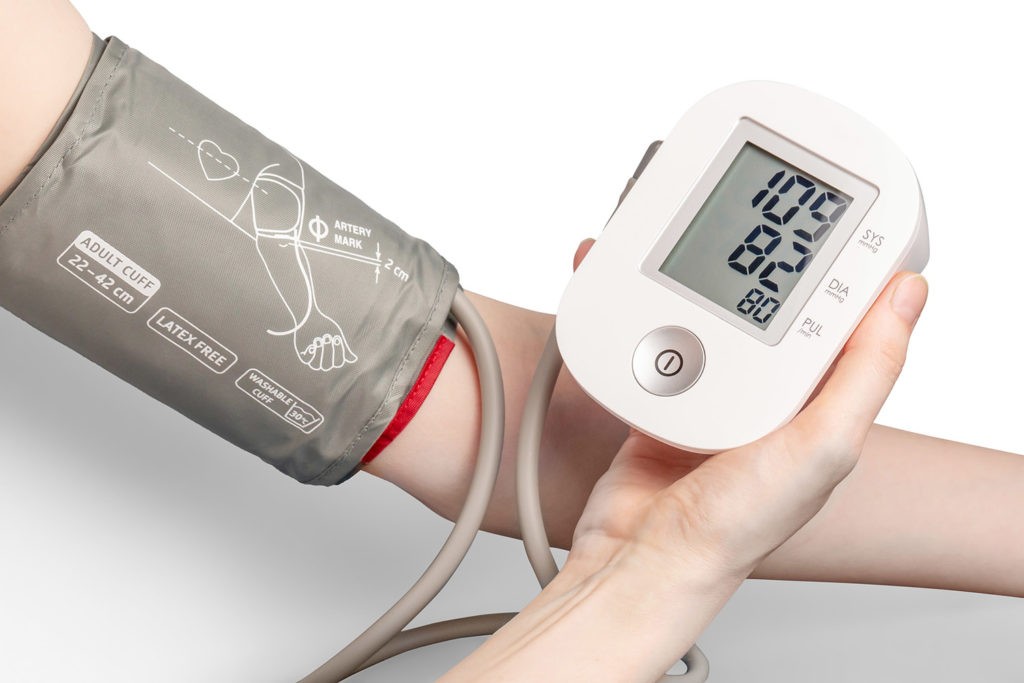Top CVD Advances Help Us All Take Heart

With over 1,500 national days or months each year, it is easy to become fatigued by them and underestimate their importance. February is American Heart Health Month, and while it is easy to think of it as just another campaign, heart health deserves our attention every day of the year.

CVDs are a group of disorders of the heart and blood vessels and include coronary heart disease, cerebrovascular disease, rheumatic heart disease, and other conditions. More than four out of five CVD deaths are due to heart attacks and strokes, and one-third of these deaths occur prematurely in people under 70 years of age.
Every year more than 600,000 Americans die from heart disease. That is one person every 38 seconds. The number one cause of death for most groups, heart disease affects all ages, genders, and ethnicities. Yet heart disease is largely preventable with lifestyle changes.
Since President Lyndon B. Johnson instituted the first Heart Health month proclamation in 1964, we’ve made great strides in awareness, prevention, and treatment, and some of the most exciting strides have been made within the last several years.
Researchers are making fascinating advancements to take better care of cardiovascular patients through reliable treatments, increased access, personalized care, and life-saving devices.
Covid-19 Changed Everything
The pandemic has had a multi-faceted effect on how and when patients seek heart care. Many individuals avoided going to healthcare facilities to avoid the virus, prompting the AHA to create “Don’t Die of Doubt,” a national awareness campaign that reminds people that hospitals are the safest place to go when you have symptoms of heart disease. Others were faster to seek help because of the virus’ harmful effects on the heart and vascular system.
Interestingly, COVID has played a large role in one of the most important advances in cardiovascular disease prevention and management by widening access. With worldwide shutdowns and stay-at-home orders, the medical community had to pivot quickly to ensure patients received care.
Cardiovascular disease has always been at the forefront of digital health innovations, and in a resolution published in 2018, the World Health Organization (WHO) urged health organizations from around the globe to prioritize the development, evaluation, implementation, and expansion of digital health technologies and integrate these new technologies into existing health systems infrastructures. Recent advances in digital health technologies including electronic and mobile health platforms, telemedicine, wearable devices, and sensors have allowed them to do just that.
The pandemic forced the increased use of remote and digital health alternatives and their widespread and positive patient adoption of these measures in education, disease monitoring, support, and diagnostics. Now, patients readily and easily access care through familiar platforms such as ZOOM and WhatsApp. Recent studies show that digital health interventions significantly reduced CVD outcomes, and the pandemic has been proof of the concept.
Recent Innovations
Given the numbers impacted by cardiovascular diseases each year, it is not surprising that the international medical community is putting forth a huge effort to find innovative solutions to address the serious problem.
Currently, huge efforts are being made in stem cell therapy. Clinical-stage biotechnology-regenerative medicine company BioCardia, which was co-founded by Dr. Simon Stertzer, who performed the first coronary balloon angioplasty in the U.S. in 1978, is making huge strides in the development of therapeutics for the treatment of heart failure. These developments include personalized screenings to help determine which patients are most likely to benefit from the intramyocardial injection of therapeutic agents, and cardiac regenerative medicine, which focuses on heart failure resulting from heart attacks.
Another innovation that can potentially change the treatment of heart disease is the implantable string subcutaneous defibrillator (ISSD). Sudden Cardiac Arrest (SCA) is a life-threatening heart condition and one of the most common causes of death in developed countries. Currently, there are two different implantable technologies commonly used to prevent SCAs; Transvenous Implantable Cardioverter-Defibrillators (T-ICDs), which are implanted with wires that snake through veins into the heart; and Subcutaneous Implantable Cardioverter-Defibrillators (S-ICD), which also have generators and leads but avoid leads within the heart. These two solutions come with some drawbacks, however, including possible complications to the vascular system, replacement needs, aesthetical and comfort impacts, complex implantation procedures, and cyber-security issues.
The ISSD introduces an exciting new option in subcutaneous ICDs. It is a totally integrated device fully inserted subcutaneously, with no leads within the heart, leaving the remaining vascular system untouched. According to its maker, NewPace, the device will be rechargeable, requiring a one-hour session once yearly, and will have a longevity of 10 years before needing replacement. The device is almost invisible, can be implanted with three small incisions, and has minimal anatomical protrusion resulting in better patient comfort and aesthetic appearance. It is designed from a cyber-security point of view and can be implanted in a rapid outpatient procedure of 20 minutes on average.
Today, 3d printing technologies are creating an emergence of disruptive innovations for the treatment of patients with heart failure. In addition to the ability to create custom devices, the introduction of bioinks containing cells and biomaterials and the development of new computer-assisted design and computer-assisted manufacturing systems have ushered in a new technology known as 3D bioprinting. Demand for donor hearts has increased globally due to cardiovascular diseases. A Chicago-based biotech startup recently announced the ability to bioprint a human cardiac muscle patch, which can be sutured over an area of dead heart muscle to speed up recovery from acute heart failure. It is a huge scientific landmark which we at Healthy Kansas City will be watching closely.
Finally, a Google update we will all appreciate, Verily. Developed by Google’s health-tech subsidiary, Verily is an artificial intelligence algorithm that can predict heart disease by scanning the patient’s eyes. To create this technology, researchers collected a database of nearly 300,000 patients and scanned it for patterns within the network of blood vessels for telltale signs of heart disease, such as high blood pressure. Although still in the testing stage, it can predict whether a patient will suffer a heart issue in the next five years with 70% accuracy.
While heart disease remains a prevalent problem in the United States, these and many other breakthroughs offer new hope to patients and the treatment of CVD.

References and Resources
Heart Disease and Stroke Statistics – 2021 Update.
Digital Health Innovations to Improve Cardiovascular Disease






